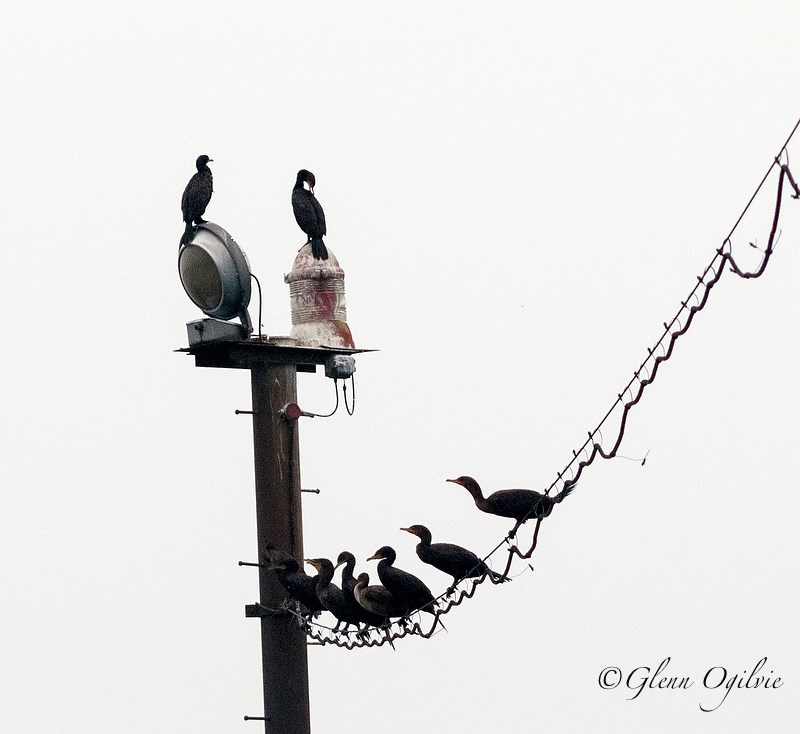Bob Bailey
I was asked recently why I’m so interested in double-crested cormorants. Let me take this opportunity to explain.

In June I introduced Bill 205, the Fish and Wildlife Conservation Amendment Act. The bill would amend the Fish and Wildlife Conservation Act by placing cormorants in the same category of unprotected bird as the American crow and house sparrow.
My rationale was to raise the provincial government’s awareness to the rapidly increasing cormorant population throughout the Great Lakes region.
Where these birds are overabundant, there is concern they are causing considerable damage to existing ecosystems. Unfortunately, the provincial government has been hesitant to react.
The cormorant is a predatory, fish-eating bird that nests throughout North America, along shorelines, inland waterways and on island habitats.
Their large nesting colonies have a significant impact on existing terrestrial and aquatic ecosystems and site biodiversity. Their guano is toxic, killing trees and other vegetation and eventually destroying traditional nesting habitats for other shoreline birds, such as the tern, egret or heron.
They’re also voracious feeders that will consume native fish species if no smaller invasive fish are available.
While cormorants have a long history in western Ontario, the archeological record does not indicate their presence in the Great Lakes region prior to 1913. It wasn’t until 1945 that these birds made it as far east as the St. Lawrence River.
The most recently available data indicates the double-crested cormorant population has grown from a mere 125 nesting pairs in 1973 to more than 115,000 pairs at last count in 2005.
Municipal governments, landowners, fishermen, and conservation groups have voiced concerns that the great numbers of cormorants are negatively impacting important ecosystems.
It has been more than a decade since the Ministry of Natural Resources and Forestry examined the effects of cormorant population growth.
I’m not advocating mass culling, I’m encouraging this government to take action and look at the impacts this bird is having on the environmental balance in our province. Tabling Bill 205 for debate helps to raise the government’s awareness of this issue.
It’s time for broad consultation on how the ministry should deal with cormorants; let’s bring together the conservationists, scientists, landowners, fishers, hunters, and boaters for a discussion.
Bill 205 received all-party support at second reading, so I believe there is a public appetite to have lawmakers study this issue. The decision to call Bill 205 for committee hearings rests with Premier Wynne, and Minister Kathryn McGarry.
I encourage individuals with an interest in this issue to contact the premier and the minister to ask for public hearings on Bill 205.
Bob Bailey is the MPP for Sarnia-Lambton
